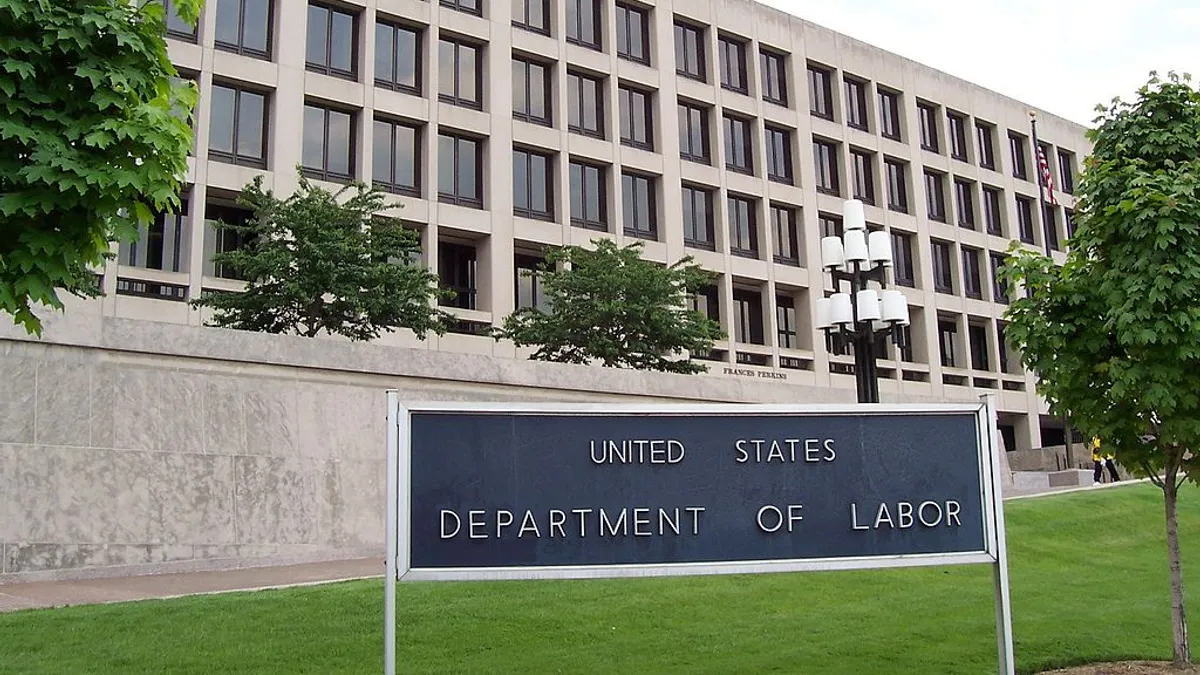Dive Brief:
- The U.S. Department of Labor raised Occupational Safety and Health Administration (OSHA) penalties by 2% effective Jan. 2, according to The National Law Review.
- In its Federal Register notice, the DOL said it was increasing 2018 penalties to comply with the Federal Civil Penalties Inflation Adjustment Act Improvements Act of 2015 (Inflation Adjustment Act), which requires certain divisions of the department to keep its monetary civil fines in step with the rate of inflation. The modifications must be made by Jan. 15 of each year.
- The maximum OSHA penalties are now $12,934 for other-than-serious and serious violations and $129,336 for repeat and willful violations. State OSHA programs are expected to follow suit and raise their fines as well.
Dive Insight:
In August 2016, the DOL raised OSHA fines by 78%, the first increase since 1990. The change was part of the 2016 budget bill, and mandated that the agency bring its penalty levels in line with the Consumer Price Index and be adjusted accordingly every year thereafter.
The prospect of higher fines alone, however, hasn't prevented some construction companies from endangering their employees and accumulating massive fines. Fall protection is of particular concern to OSHA, as falls are the leading cause of accidental deaths on construction sites. In fact, some of the largest fines OSHA levied against contractors in the last year have been for violating fall protection standards.
In August, OSHA fined Jacksonville, FL roofing contractor Great White Construction more than $1.5 million for repeat and willful safety violations, including those related to fall hazards. The agency also placed Great White into its Severe Violator Program, where it will be subject to increased inspections and oversight.
Also on OSHA's radar are excavation and trenching hazards like cave-ins, the dirt from which can crush workers with weights of up to 3,000 pounds per cubic yard. The agency said that fatal trenching accidents more than doubled last year, a trend that can be reversed if contractors train employees properly and institute the appropriate safeguards.
However, William Motherway, president of New York operations at insurance and risk management firm Conner Strong & Buckelew, told Construction Dive in July that aside from the lack of a robust safety culture, the cost of compliance with regulations and standards could drive some project teams to "cut corners" in order to meet tight budgets and schedules.













